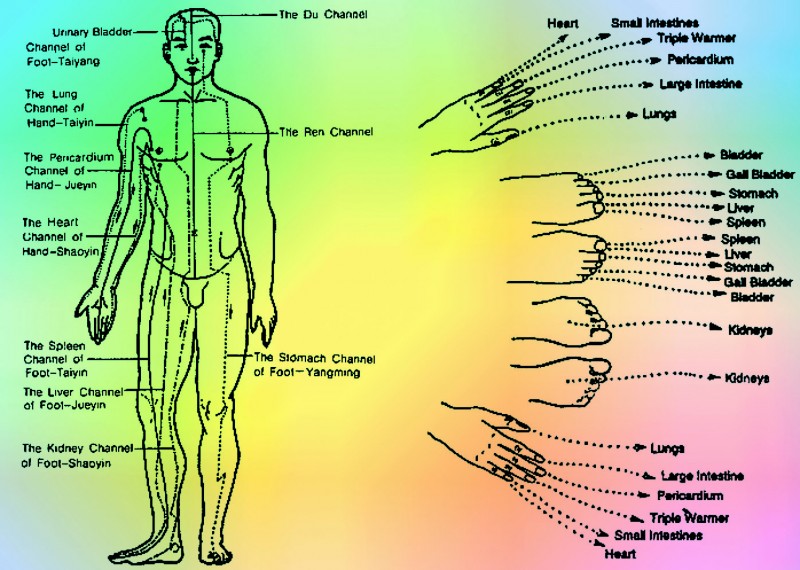The Integrative Medicine Services at University of Utah Health Care offers Acupressure & Acupuncture for Children, Shoni-Shin (Japanese Pediatric Acupuncture and other non-conventional treatments. You can call (801) 213-3599 to make an appointment or ask questions.

Traditional Chinese Medicine (TCM), which includes many different practices, has been used to diagnose, treat and prevent illness for more than 5,000 years. Although its philosophy is rooted in Chinese texts and family practices passed down from generation to generation, today TCM is practiced side by side with western medicine in many hospitals and clinics worldwide.
In TCM, the body is understood to be an organic entity in which the various organs, tissues and other parts have distinct functions but are also interdependent. Practitioners also believe that there is a life force or energy, called qi (pronounced “chee”), that circulates throughout the body by way of energetic pathways known as meridians.
The ultimate goal of Traditional Chinese Medical treatments is to regulate and encourage the proper flow of qi through the body. When qi flows easily and undisturbed, the body functions well; however, when the qi is blocked, stagnant or over-stimulated the body enters a state of disease or stress.
How does it work?
Picture a free flowing river (meridian). As rocks, sticks and branches enter the river, the water gets choppy and chaotic. If too many rocks, sticks and branches enter the water, they can dam the river, and the water will pool and stagnate. Qi flows in the body like water flows down a river. Internal and external stress factors are like the rocks and sticks and branches, some interaction is ok, but when the body gets overloaded, it’s qi gets choppier and chaotic, and if dammed up completely, will lead to major health conditions.
TCM practitioners use their tools, needles and herbs to remove the stagnation (rocks, sticks and branches), release the dams and regulate the flow of qi through the body’s meridians (river ways).
What type of treatments does TCM encompass?
- Acupuncture: insertion hair-thin needles into acupuncture points on the acupuncture meridians
- Acupressure: tool or finger pressure on the acupuncture points on the acupuncture meridians
- Acutonics: placing tuning forks on the acupuncture points on the acupuncture meridians
- Cupping: placing small suction cups on acupuncture points on the acupuncture meridian
- Shoni-shin: pediatric meridian stimulation or relaxation with special TCM tools
- Gua Sha: rubbing and/or scraping the skin with special TCM tools
- Tui Na: gentle and fluid body movements a patient can practice to encourage proper qi flow through the body
- Qi Gong: specific movements by patient or practitioner that abruptly or subtly move energy through the patient’s body
- Chinese herbal medicine: custom teas or patent formulas prescribed for patients to help balance internal chemistry and promote cellular healing